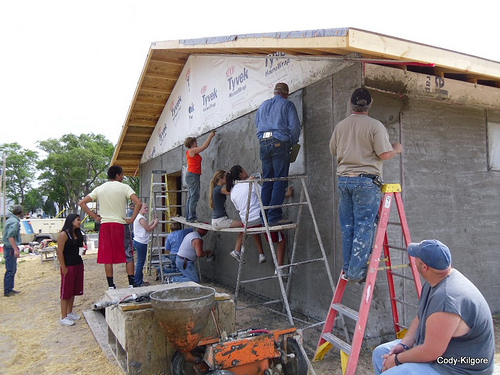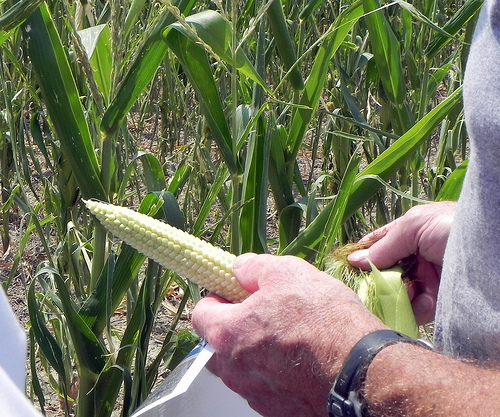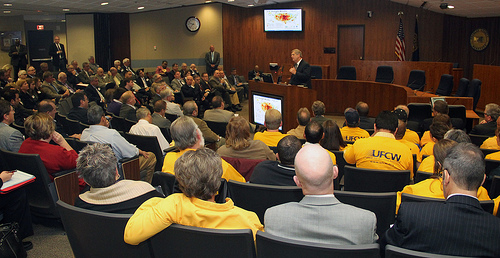Who Has the Best Tasting Water in Rural America?

USDA Acting Administrator John Padalino (second from left) along with panel of judges at Great American Water Taste Test. Photo courtesy of the National Rural Water Association. Used with permission.
And the winner … the city of Prairie du Sac in southern Wisconsin for having the best tasting water in rural America. Earlier this week, at the National Rural Water Association’s Water Rally, Prairie du Sac won the coveted gold medal as part of the Great American Water Taste Test.
USDA Rural Utilities Service Acting Administrator John Padalino served on the judging panel. Padalino administers USDA water and environmental programs. Read more »





